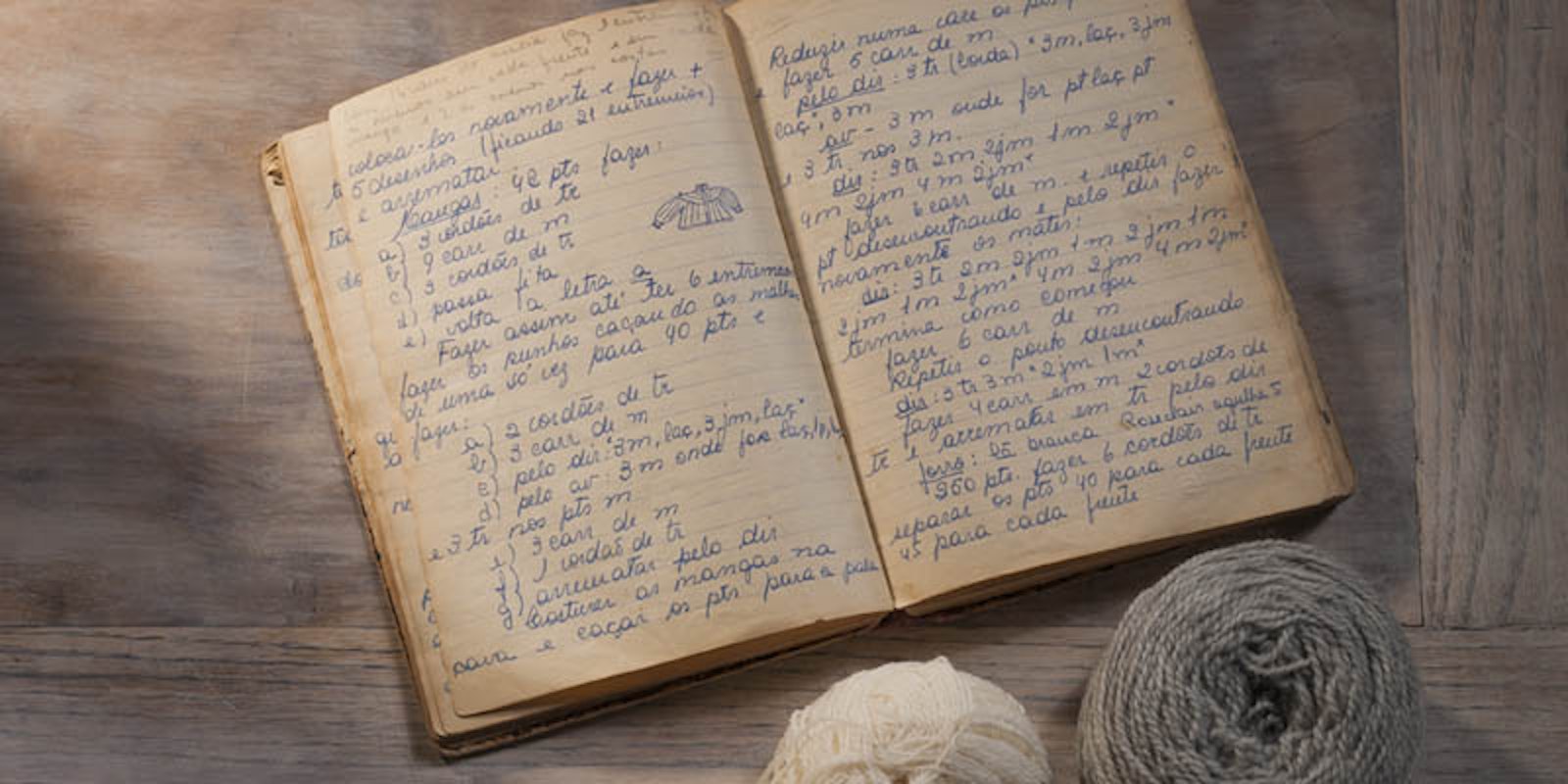PieceWork had a big year in 2016. Issues including the 10th annual Historical Knitting Issue and 9th annual Lace Issue hold within them many great stories, and you can now experience them all at once with the PieceWork 2016 Collection Download.
If you want to dive in but aren’t sure where to start, let me tell you about some of my favorite stories from the last year.
Mimi Seyferth explores the history of the women in northern Greece who assisted Greek fighting forces early in Greece’s involvement in WWII (1939–1945). In “The Women of Pindos” in the January/February 2016 issue, Mimi talks of the brave and talented women who carried supplies through rough terrain that military trucks couldn’t go over. The women also transported wounded soldiers and cleaned and repaired roads. Included in supplies they brought were handknitted socks for the soldiers, which were especially important considering the rough conditions of the land and the need for adequate footwear. Also in this issue is the Women of Pindos Soldiers’ Socks, a pattern that Mimi created with inspiration from a Greek 1941 “Knitting for the Army” flyer. Read about the strong women of northern Greece and the historical significance of handknitted garments for soldiers, and then re-create history yourself with the warm, durable Women of Pindos Soldiers’ Socks.
Mimi Seyferth used an actual pattern in a Greek 1941 “Knitting for the Army” flyer as the design inspiration for her Women of Pindos Soldiers’ Socks. Photo by Joe Coca.
In the May/June 2016 issue, the 9th annual Lace Issue, Julie Turjoman tells the story of her grandfather’s rise to success in lace manufacturing in “A Celebration of Lace: Moses Front Gantz and His Record Lace & Embroidery Company.” He started working at a retail lace shop at age fifteen when he had to forego formal education to start earning money to help support his family. Eventually, he completed his education by attending art school at night, and he then risked his savings to start his own business, which was the Record Lace & Embroidery Company on Broadway in New York City. Read about Moses Front Gantz’s journey from a retail salesman of lace to the owner of a successful lace manufacturing company.
Anne Vitel takes us to the island of Nantucket, Massachusetts, in the July/August 2016 issue. “Mary Ann Beinecke and the Nantucket Needlery” tells how one woman sparked a fiber arts enterprise to life during the 1960s. Mary Ann Beinecke was passionate about a renaissance in the interest of embroidery, and when the Nantucket Historical Trust called upon her to help fill an old house with traditionally produced textiles, she saw an opportunity. Women known as the “Nantucket Needlewomen,” spearheaded by Mary Ann, created all kinds of traditional textiles to help restore the historical house. What started as an enterprise to weave and embroider cloth for the local historical restoration turned into a small industry of needleworkers on the island, and in 1967, Mary Ann opened the Nantucket School of Needlery with the original Nantucket Needlewomen. Although the school eventually closed, this is a success story of a woman’s goal to revive an interest in textile arts.
From Greece to New York to Nantucket and beyond, PieceWork explored the world and its historical needlework stories in 2016. Experience the journey now with the PieceWork 2016 Collection Download.
Happy reading,
Jenna


